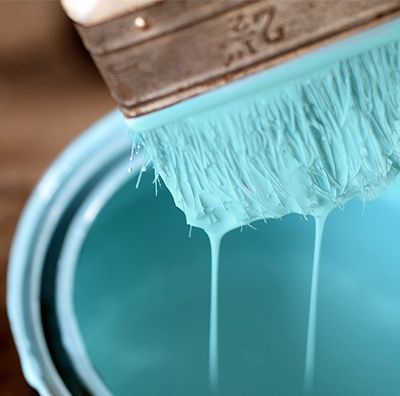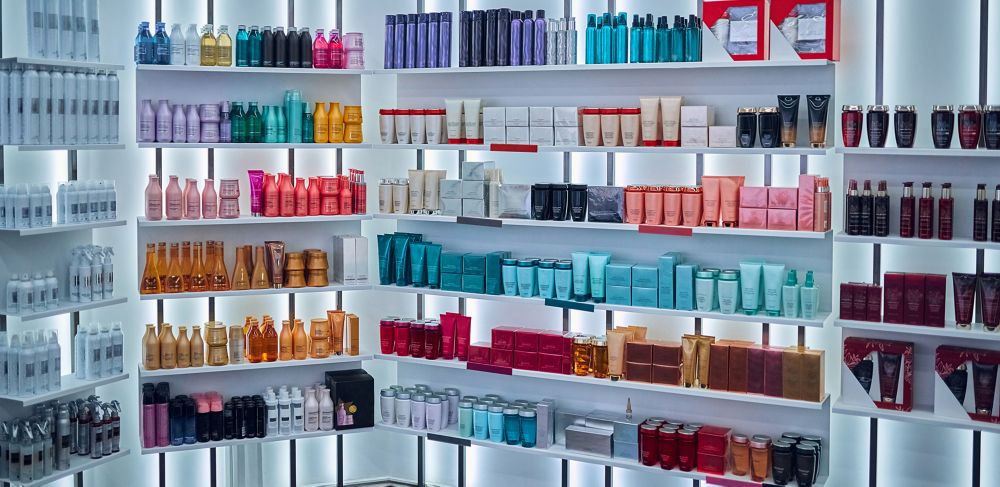Innovation yields performance
If you’re looking for performance and innovation, turn to Eastman. We’re dedicated to supporting the industry's demand for high-performance coatings and inks with increased durability. Our biobased materials also offer better beginning-of-life and end-of-life options. Together, we can improve your coatings and inks.

























